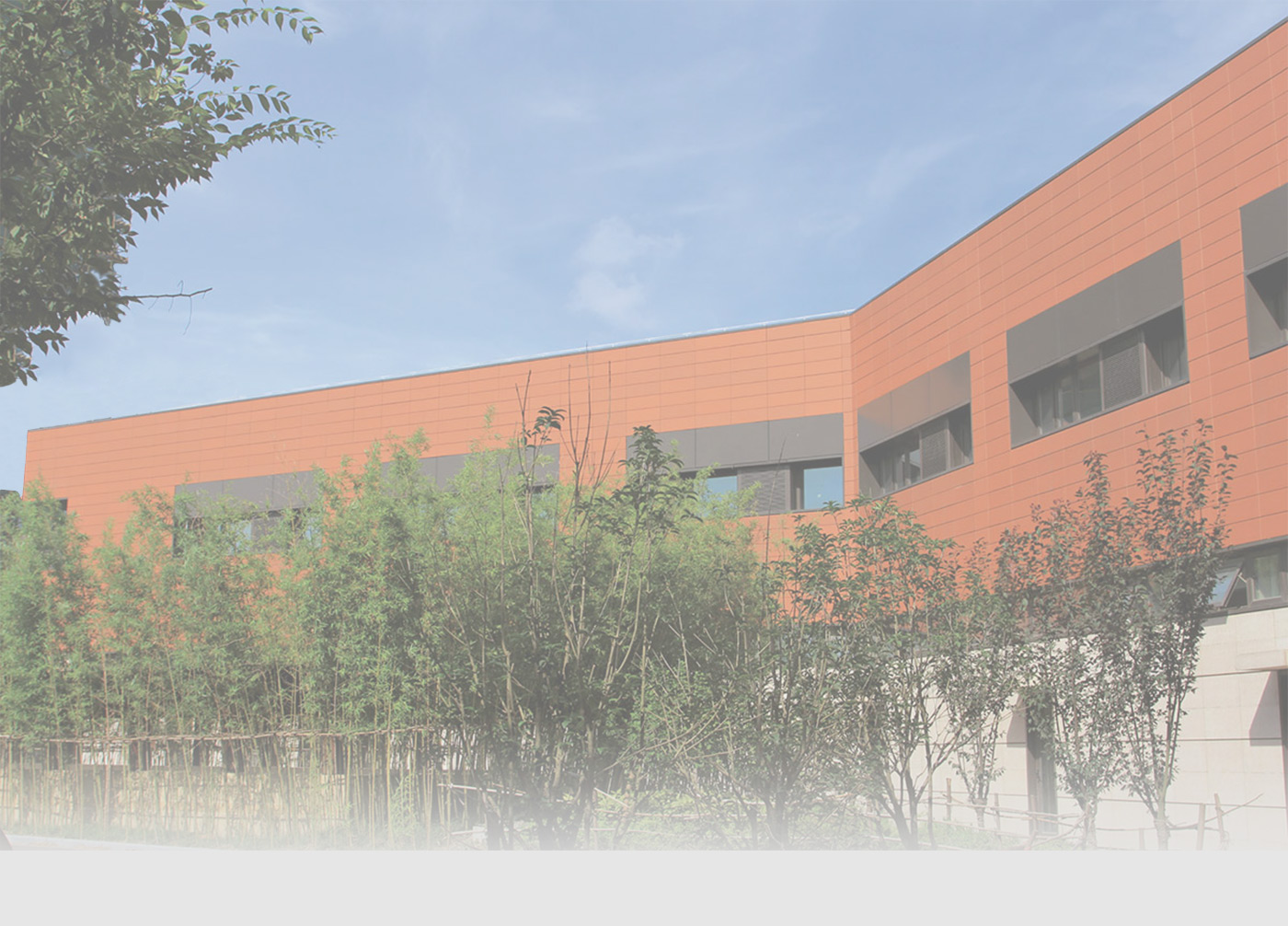

When designing a stadium, architects must balance multiple priorities: capacity, comfort, energy efficiency, safety, and visual identity. In the era o...
MoreThe Language of Color in Architecture Tiến Bộ Plaza demonstrates how thoughtful color strategy can elevate a building into a civic landmark. The facad...
MoreWhy Terracotta Mosaic Tiles Are Leading the Texture Trend in Modern Design As architects and interior designers increasingly gravitate toward natural ...
MoreIn the modern world of architecture, efficiency is not just about creating functional spaces—it's about blending sustainability, aesthetics, and performance into one unified design. One of the key factors that can help achieve this balance is the use of natural cladding materials, such as terracotta. These materials not only enhance the aesthetic appeal of buildings but also play a crucial role in improving energy efficiency, durability, and overall performance. This article explores the technical benefits of natural cladding solutions like terracotta and discusses how they contribute to architectural efficiency, as demonstrated by the Jiaxing Civic Center and Yada Theatre projects.
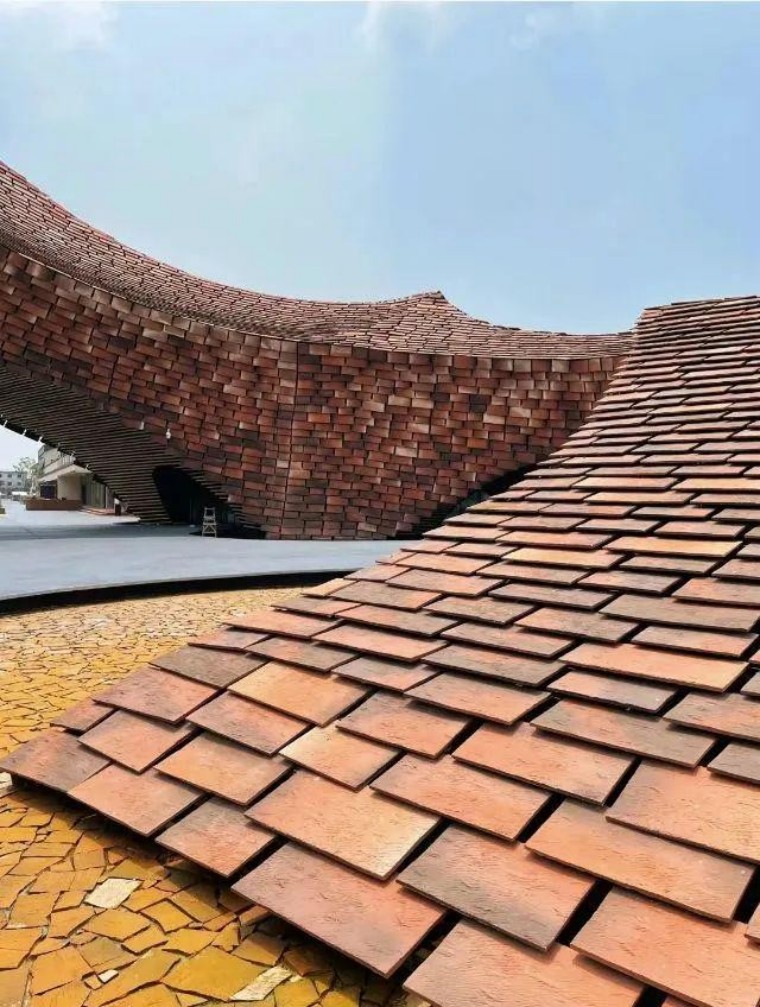

Cladding is one of the most important elements of modern architecture, serving as the outer shell of a building. It provides protection against the elements, contributes to the thermal insulation of the building, and plays a significant role in the building's aesthetic appearance. Natural materials like terracotta are increasingly being used as cladding materials due to their ability to combine functionality and beauty.
Terracotta, a material made from fired clay, has long been used for building facades and other exterior applications. In addition to its timeless visual appeal, terracotta offers significant technical advantages, especially in terms of energy efficiency. The material is an excellent insulator, helping to maintain a stable internal temperature and reducing the need for artificial heating and cooling. This not only reduces energy consumption but also minimizes the building's environmental footprint.
One of the most compelling reasons to choose terracotta as a cladding material is its energy-efficient properties. The material's ability to regulate temperature naturally makes it an ideal solution for buildings in both hot and cold climates. By acting as a thermal buffer, terracotta helps reduce the reliance on heating and cooling systems, thereby lowering energy consumption and costs.
For example, the Jiaxing Civic Center, located in Zhejiang Province, China, uses terracotta panels on its roof to enhance the building’s energy efficiency. These panels not only provide visual appeal but also improve the building's thermal performance. The roof's terracotta cladding absorbs and releases heat slowly, helping to maintain a comfortable interior temperature throughout the day and night. This natural thermal regulation helps reduce the building's energy needs, making it a more sustainable option compared to traditional building materials.
Another great example is the Yada Theatre in Yixing, which also employs terracotta cladding for its exterior. The use of terracotta helps mitigate temperature fluctuations within the building, ensuring that the interior remains comfortable while reducing the need for excessive heating or air conditioning. This contributes significantly to the building's overall energy efficiency and sustainability.
For more information on the benefits of terracotta, visit the Terracotta Panel Product Page.
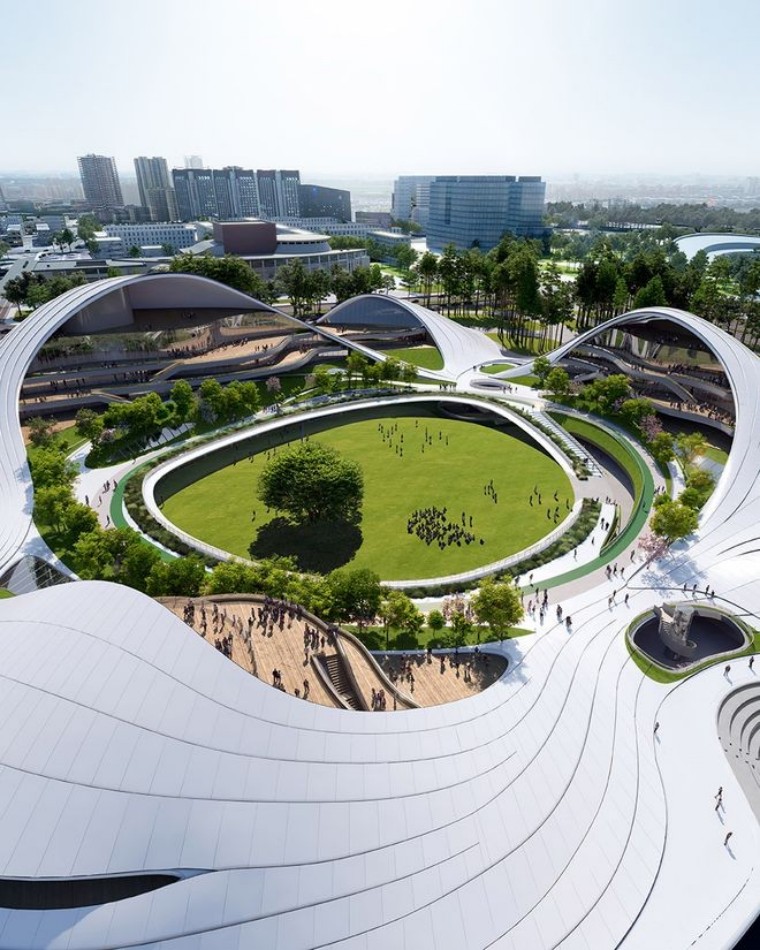
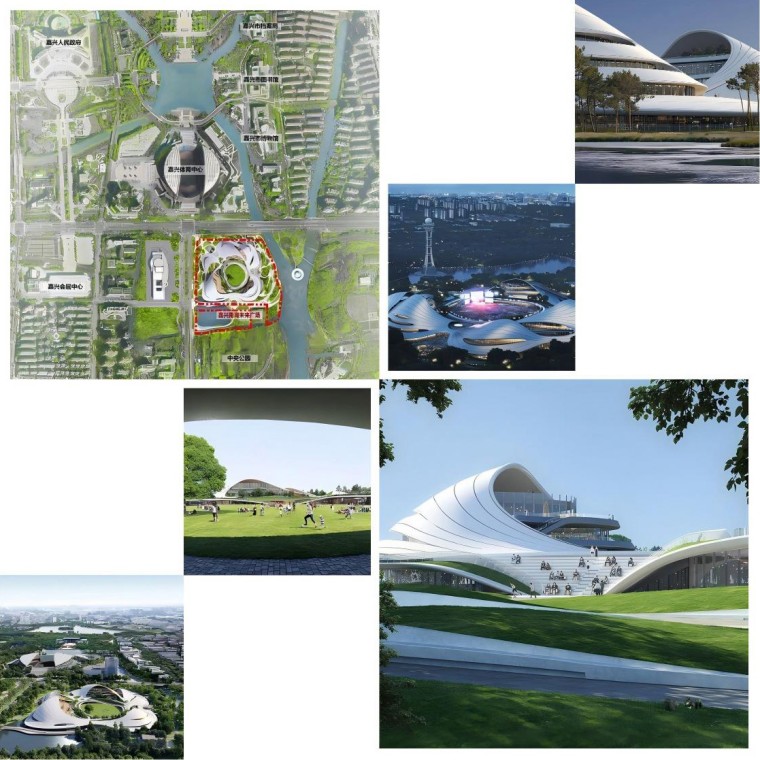
In addition to its energy efficiency, terracotta is also known for its durability and low maintenance requirements. Unlike other cladding materials, such as wood or vinyl, terracotta does not require frequent repairs or replacement. The material is highly resistant to the effects of weather, such as rain, snow, and UV radiation, which means it can withstand the test of time and maintain its aesthetic appeal for many years.
Terracotta’s low-maintenance nature makes it a cost-effective choice in the long term, especially for large-scale buildings. The Jiaxing Civic Center and Yada Theatre, both high-profile projects, benefit from the material’s durability, as it reduces the frequency and costs of repairs and maintenance. This ensures that the buildings remain operational and attractive for decades to come.
While the technical benefits of terracotta are undeniable, the material's aesthetic qualities are just as important in maximizing architectural efficiency. Terracotta provides a unique, natural appearance that enhances the beauty of any building. Its earthy tones and textured surfaces create a warm and inviting environment, while its versatility allows it to be used in a variety of architectural styles, from traditional to contemporary.
The Jiaxing Civic Center, with its striking terracotta roof, is a perfect example of how cladding can enhance a building's overall design. The white terracotta panels not only contribute to the building's energy efficiency but also give the structure a refined, elegant appearance. Similarly, the Yada Theatre’s terracotta facade complements the building’s modern design, adding texture and character to the structure while maintaining high energy performance.
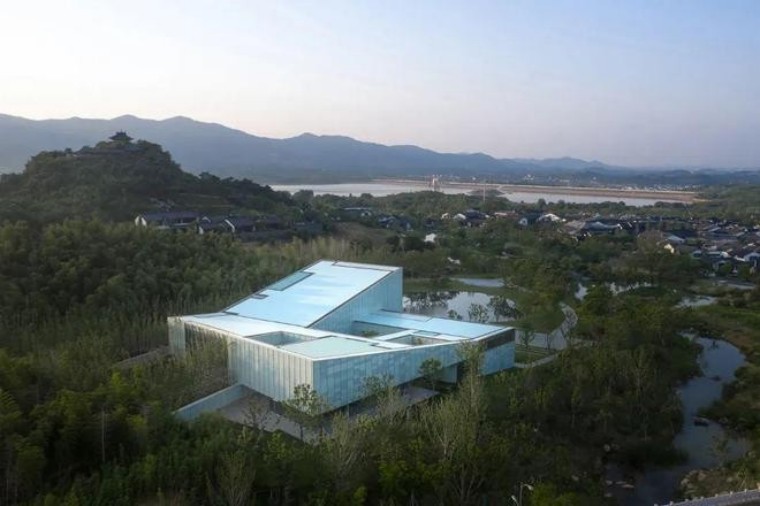
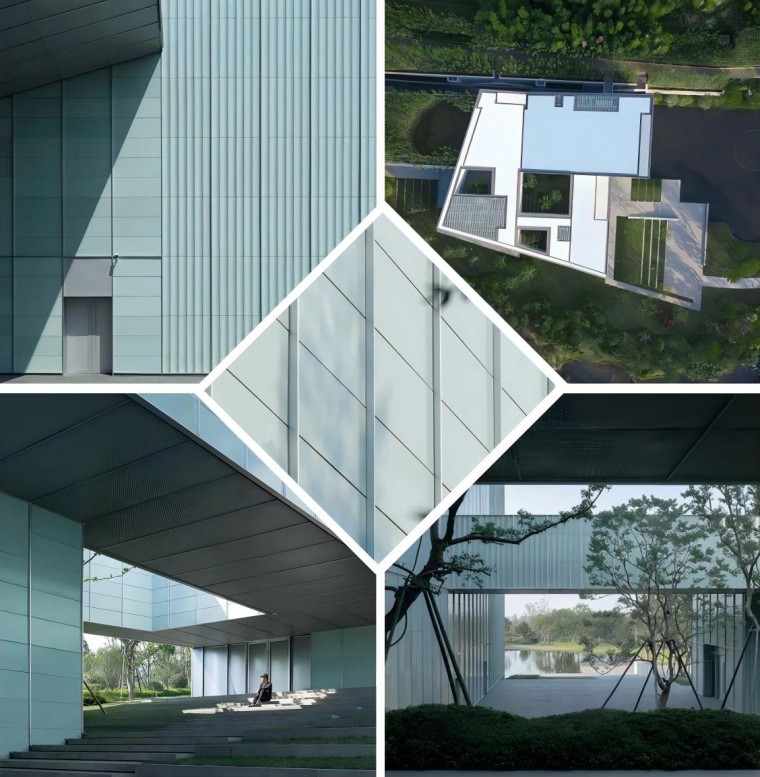
As the demand for sustainable and efficient buildings continues to grow, natural cladding materials like terracotta are proving to be an essential solution in modern architecture. By combining aesthetic beauty with energy efficiency and durability, terracotta enhances the overall performance of a building while reducing its environmental impact. The Jiaxing Civic Center and Yada Theatre are prime examples of how terracotta can be used to maximize architectural efficiency, creating buildings that are both functional and visually stunning.
Several companies in China are known for producing high-quality terracotta cladding solutions. Some notable manufacturers include: